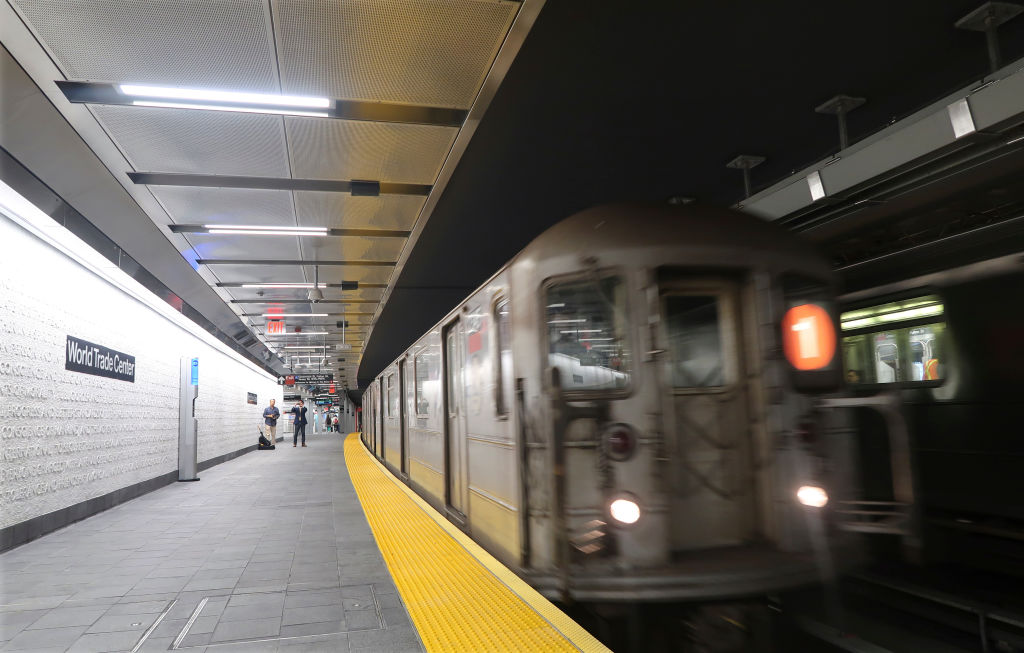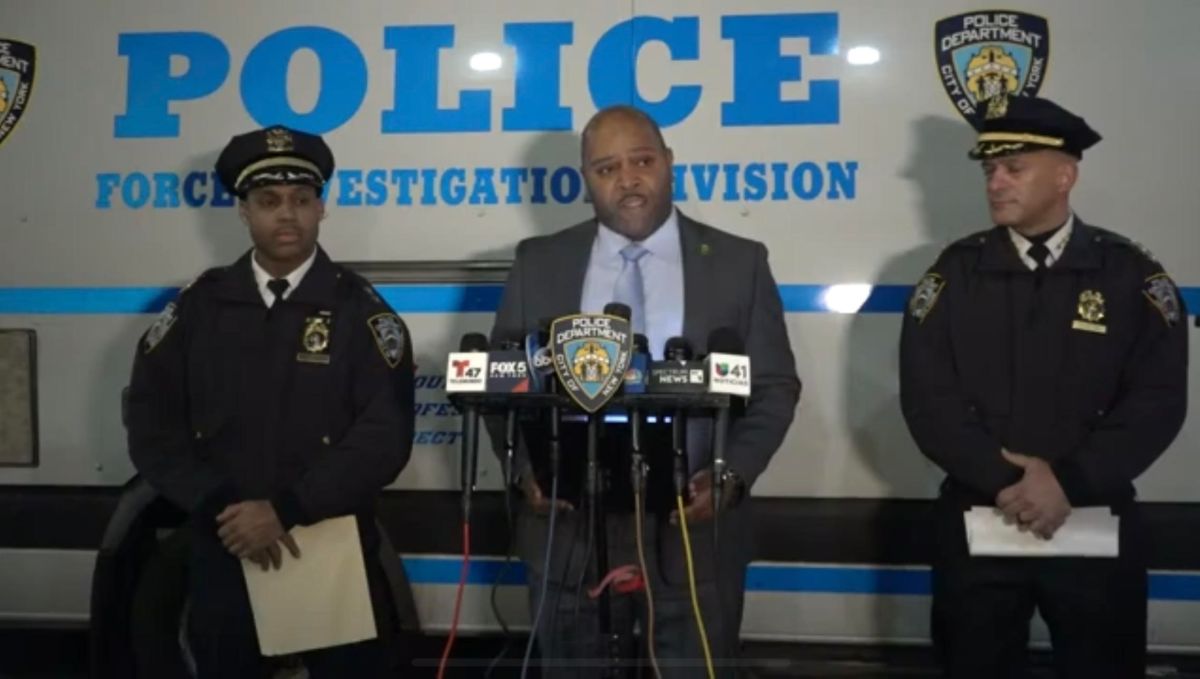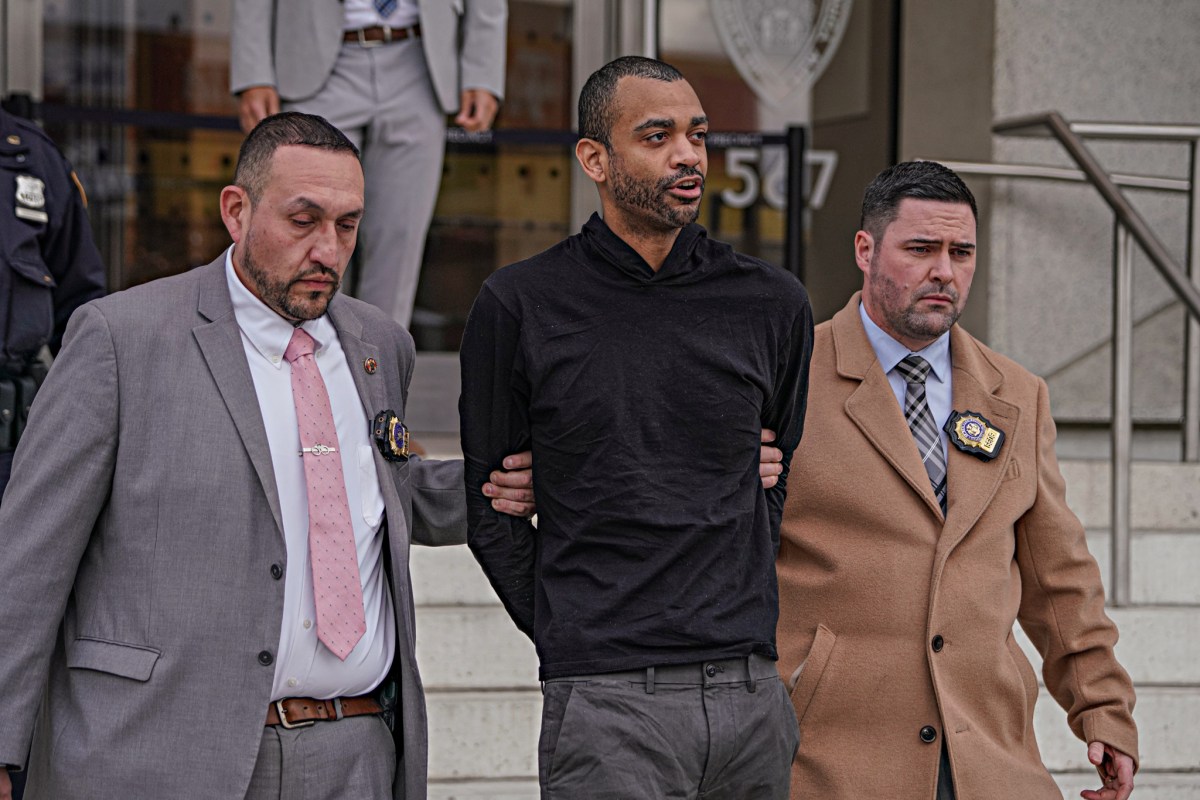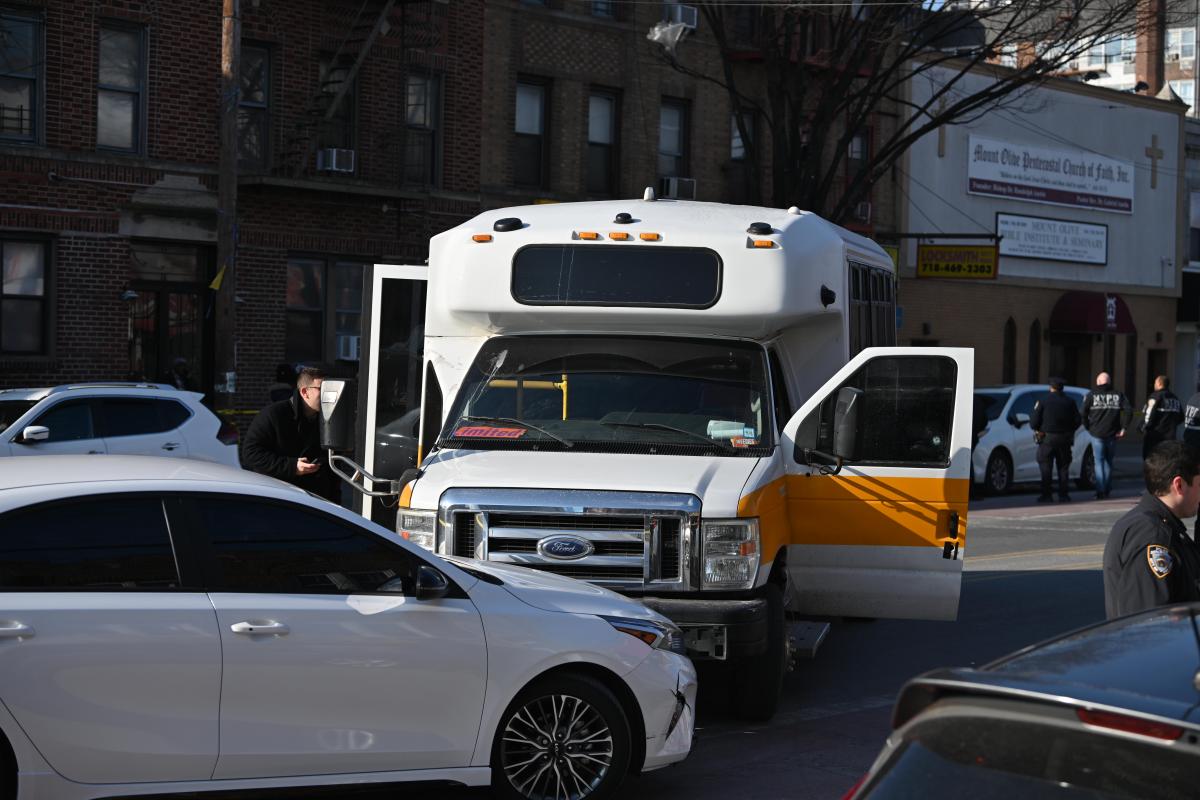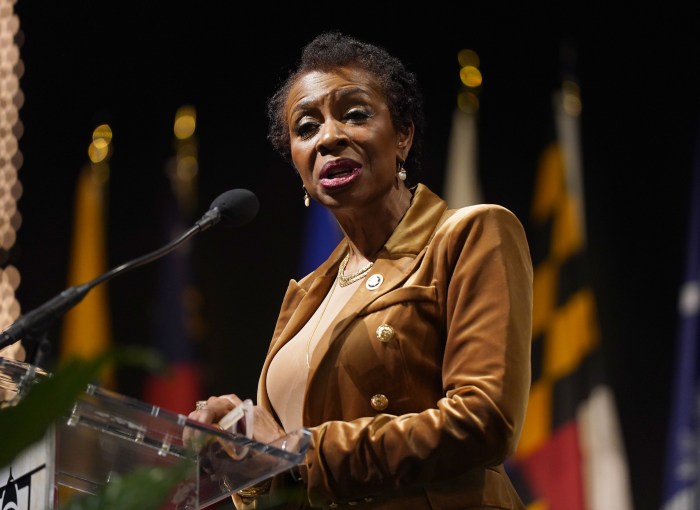It’s still 2018 and the NYCT has already revealed its new year’s resolution: faster trains and better communication. In an effort to increase transparency for the MTA, a department Governor Cuomo recently described as “undemocratic,” NYCT President Andy Byford and Philip Dominguez took to Twitter to answer New Yorkers’ questions about track maintenance, unreliable service and, most importantly, why the trains are moving so slowly.
Though Byford fielded close to fifty queries in the hour-long question-and-answer session on topics ranging from emergency brakes to station refurbishments, the gist was: expect faster trains next year. For some lines, like the J and N, the NYCT is doubling the speed of trains, from 10 to 20 miles per hour. For the 4, 5 and 6 lines, Dominguez promised faster trains in early 2019, but admitted that the process is “presenting a challenge.”
We’ll be raising the speed to 15-20 mph in that area. They’re currently at 10 mph — which means they’ll soon reach a speed that’s at least 50% faster. ^PD https://t.co/gUVYuUq1Wz
— NYCT Subway (@NYCTSubway) December 19, 2018
Other promised changes included raising speed limits for express trains on Queens Boulevard from 35 to 50 miles per hour, reducing the number of emergency brake activations, reducing delays on trains crossing the Manhattan Bridge from Brooklyn, running more 7 trains, speeding up trains passing construction crews and many, many more.
Not all of the improvements the S.P.E.E.D. team mentioned were particularly dramatic, however. Many of the problems that transit riders mentioned were met with variations on “we’re looking into the problem,” but even these non-answers are a significant step toward increasing transparency and accountability for the agency managing the subway system used by millions of New Yorkers.
The Q&A only lasted for an hour, but Byford promised to do another Twitter takeover “soon.”
Thanks again for joining our December #AskNYCT chat. We’ll be back again soon. In the meantime, we will keep making improvements, driving up performance and making your rides better. ^AB pic.twitter.com/BkaG64C8om
— NYCT Subway (@NYCTSubway) December 19, 2018
Even though many of NYCT’s answers were jargon-heavy and difficult to understand, the Byford and Dominguez were open and honest about the process’ many problems. Ultimately, Byford admitted the issues all share a single cause: “We’re grappling with decades of underinvestment.”
With respect, I fundamentally disagree. I accept that we have a way to go until our subway here gets you where you’re going as quickly and reliably as it should. The work of our SPEED Unit and the broader #FastForwardNYC plan will deliver you the service you deserve. #AskNYCT ^AB https://t.co/JRRpUPvlKQ
— NYCT Subway (@NYCTSubway) December 19, 2018

